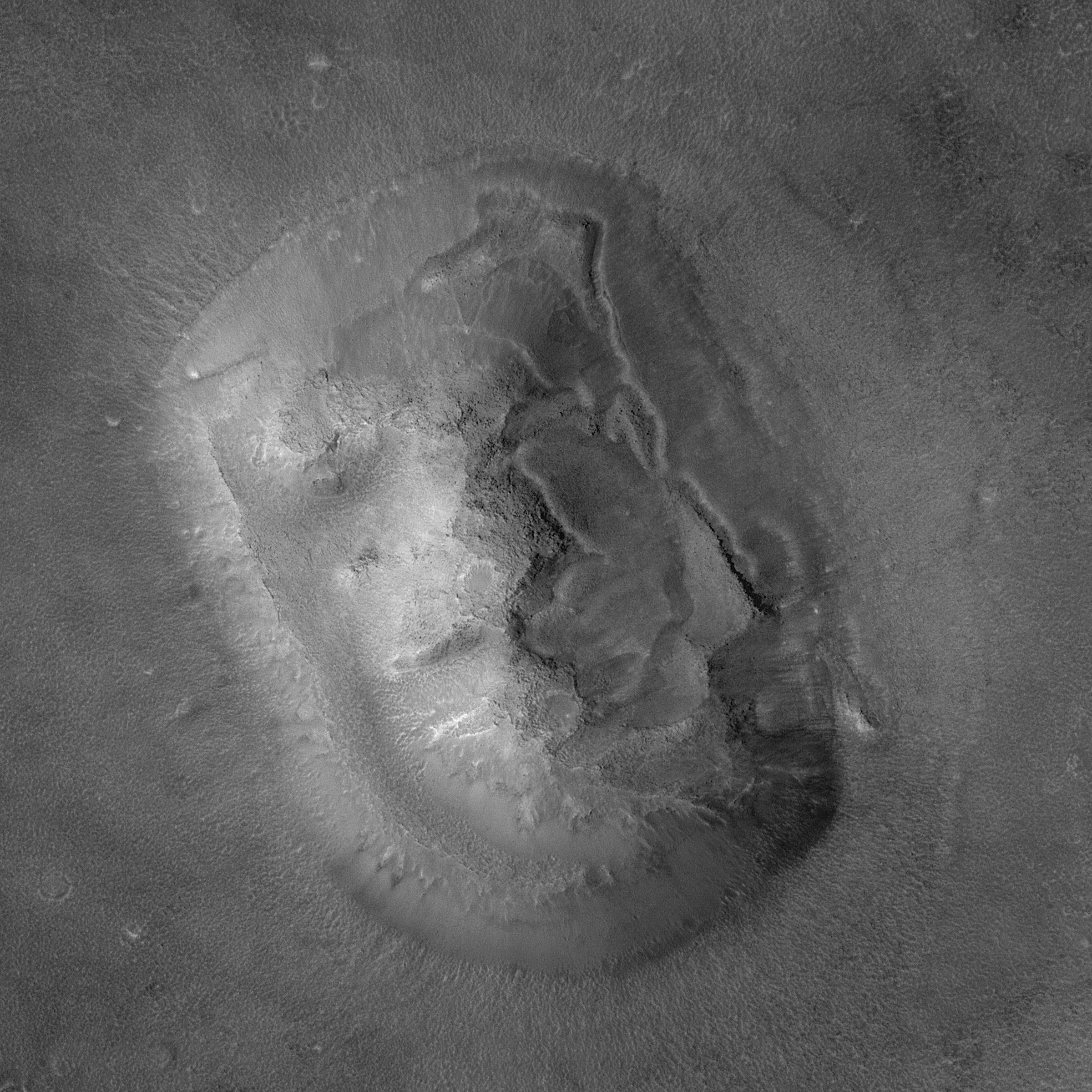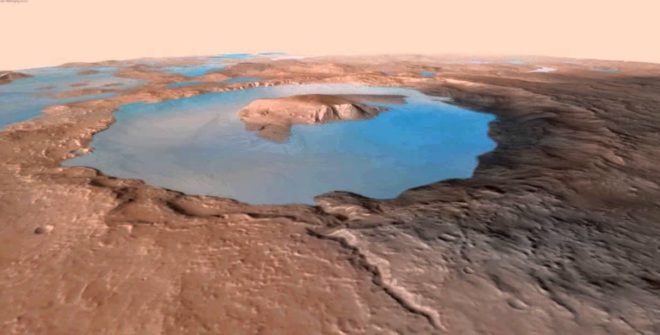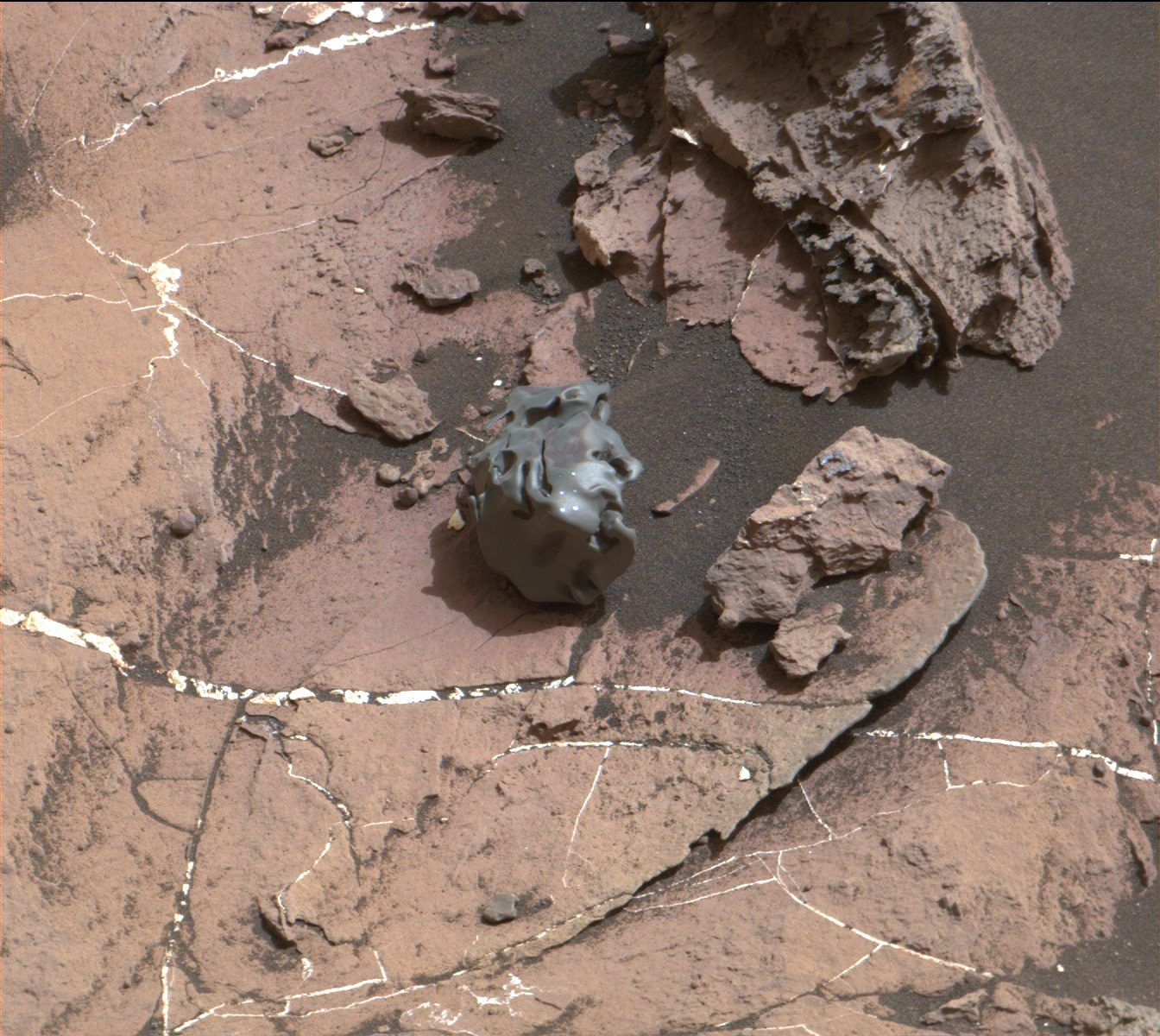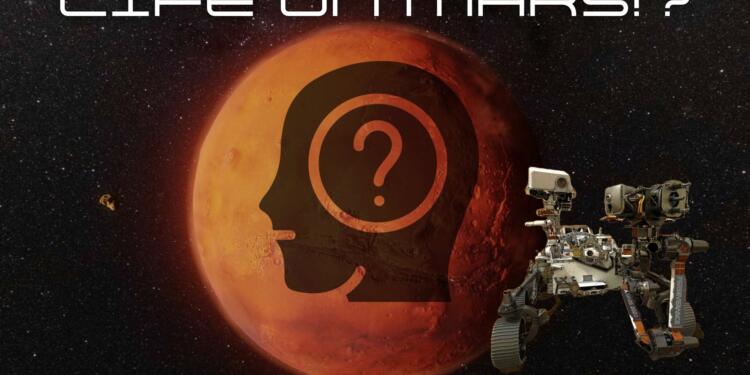Mars, the captivating red planet, has ignited human curiosity for centuries. Beyond its fiery hue and enigmatic past, lies a landscape dotted with peculiar formations and mysterious features that have fueled speculation and debate. This article delves into some of the most intriguing discoveries on Mars, examining both scientific explanations and popular interpretations that have captured the imagination of the public.
Faces on Mars

Perhaps the most well-known Martian oddity is the phenomenon of “faces” appearing in images captured by various rovers and orbiters. The most famous example is the “Viking Face,” a rock formation that eerily resembles a human visage. However, upon closer examination and higher-resolution imaging, these “faces” have been attributed to pareidolia – the tendency to perceive familiar shapes in random patterns. Similar explanations apply to other “faces” like the “Beaker Muppet” and the “Kissy Face,” highlighting the interplay between human perception and Martian geology.
Liquid Water and Martian Life

The hunt for extraterrestrial life remains a central theme in Mars exploration. One of the most exciting discoveries was the confirmation of liquid water under the Martian ice cap in 2018. This revelation raised hopes for potential microbial life forms thriving in these subsurface environments. Further exploration will be crucial to assess the habitability of these watery pockets and their potential to harbor life.
Mysterious Objects and Martian Oddities

Beyond the debate about life, Mars has thrown up several curious objects and formations that have piqued public interest. The “Jake Matijevich Rock,” composed of minerals typically found in Earth’s core, hints at a deeper connection between the two planets. The “Hunk of Metal” protruding from the surface sparked speculation about alien technology, but scientists suggest it’s likely a meteorite or a light-reflecting rock. Other intriguing finds include the “Egg Rock,” a smooth, dark object resembling an extraterrestrial egg, and the “Waffle Mound,” a circular island formation in the Athabasca region, potentially formed by lava pushing the landmass upwards.
Martian Weather and Geological Wonders
Mars is not a static world. The “Martian Avalanche” captured in 2010 showcases the dynamic nature of its polar ice caps, where frozen carbon dioxide can melt and trigger avalanches. The “Dragon Scales” formation reveals the interaction of Martian rock with ancient water, transforming the surface into clay-bearing areas. Similarly, the “Tadpole Crater” with its tail-like extension hints at past water flows that carved channels on the landscape. These discoveries offer valuable insights into Martian history and the evolution of its geological features.
Also Read: Tesla’s Mega Investment: A Transformative Boost for India’s Electric Vehicle Revolution
Beyond the Physical
Psychological Aspects of Martian Exploration: The images and discoveries from Mars not only inform our scientific understanding but also trigger our imagination and emotions. The “Human Bone” image, for instance, sparked theories about ancient life on Mars, despite scientific explanations attributing it to a rock formation. Similarly, the “Spoon Floating in Rock” is more likely a piece of fractured surface defying gravity due to Mars’ weaker pull, but it fuels curiosity and prompts us to question what we see. These examples highlight the human tendency to seek meaning and patterns, even in the face of scientific explanations.
Conclusion
Mars continues to be a land of mysteries and surprises. The features discussed here are just a glimpse into the vast and diverse landscape waiting to be unraveled. As we delve deeper into the Martian world, it is essential to maintain a balance between scientific rigor and open-mindedness. While extraordinary claims require extraordinary evidence, a healthy dose of curiosity and imagination can fuel further exploration and discovery. The Red Planet, with its secrets waiting to be unveiled, holds the potential to rewrite our understanding of the universe and our place within it.
Also Watch:































